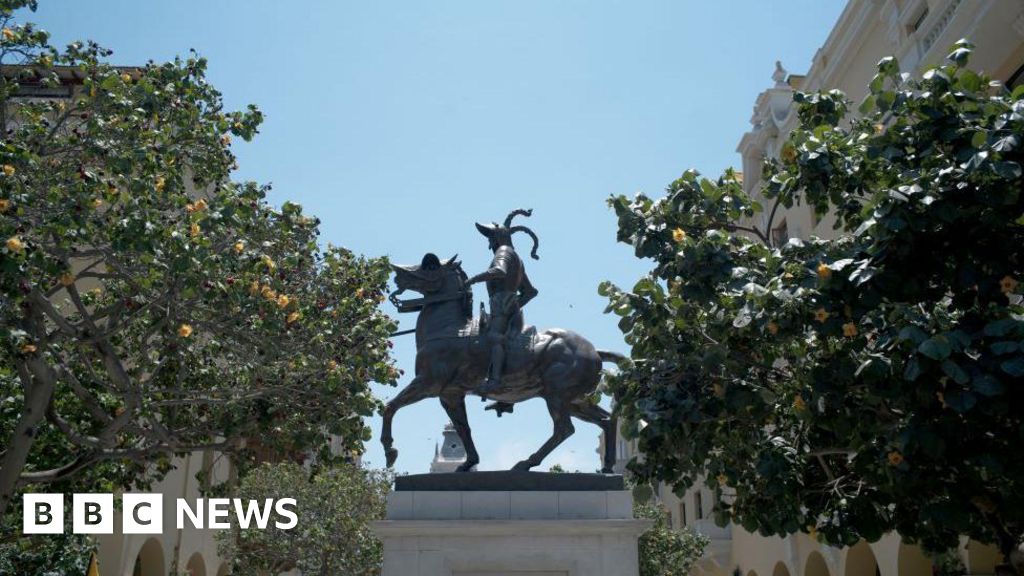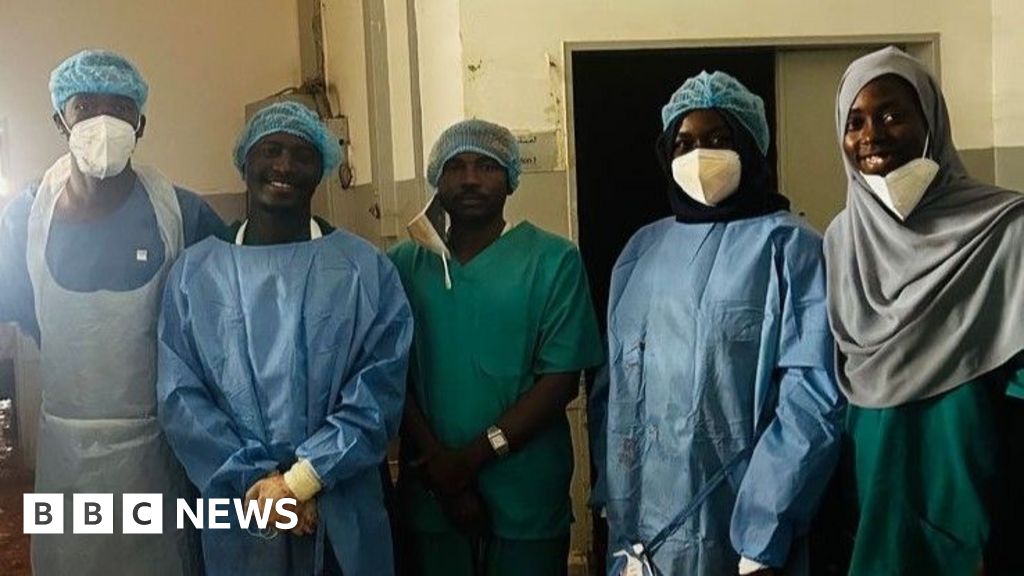ARTICLE AD BOX
By Shruti Menon
BBC Reality Check
Image source, Getty Images
There is growing concern at the humanitarian situation in Afghanistan, with eight million people at risk of starvation this winter, according to UK aid agencies.
Many countries have suspended or significantly cut funding to Afghanistan since the Taliban takeover in August.
And aid organisations are launching a public appeal for donations to help alleviate the crisis.
Who is providing support?
About 80% of the former Afghan government's budget came from international development aid.
And this government support has now been mostly suspended.
But humanitarian aid has largely continued to flow.
So far this year, about $1.6bn (£1.36bn) has been provided to Afghanistan, according the UN Office for the Co-ordination of Humanitarian Assistance (UNOCHA).
And the US has consistently been the largest donor, followed by the European Union - although some countries in the EU, such as Germany, have provided additional funding.
In October, the EU pledged $1bn in humanitarian aid.
And several countries - including neighbouring Pakistan and India - have directed food and medical supplies through aid agencies.
But funding remains a challenge, according to the UNOCHA, which estimates a further $4.5bn is needed for the coming year.
"The humanitarian response cannot sustainably fill the massive gaps that have been left by the wider withdrawal of international support," Vicki Aken, of the International Rescue Committee (IRC) in Afghanistan, says.
Image source, Getty Images
Image caption,Medical assistance is being provided by the International Red Cross
What more is needed?
The situation in Afghanistan could become the world's worst humanitarian crisis, the UN World Food Programme (WFP) says.
As many as 23 million people, most of the country's population, are facing acute food shortages over the winter months.
"The need is widespread," Ms Aken says.
"It would be difficult to say any province is not in need."
Image source, Getty Images
Image caption,Afghans across the country are relying on food aid distributions
According to the UNOCHA, between September and November:
- about eight million people received food assistance
- water trucks reached more than 200,000 in drought-affected regions.
- more than 200,000 children were treated for malnutrition
- more than a million people received medical support, with medicine and other supplies flown in from the World Health Organization
The UN High Commissioner for Refugees has also helped transporting supplies, including items to improve tent installation, to keep displaced Afghans warm in the winter months.
But humanitarian organisations say more of these supplies and services are needed.
"Whatever we provide is just a drop in the ocean," Ingy Sedky, from the International Committee of Red Cross (ICRC), says.
And 60% of health clinics assessed by the ICRC lack the capacity to deliver nutrition programmes Afghans need.
Image source, Getty Images
Image caption,The World Food Programme has been delivering aid in Kandahar province
How is aid getting into Afghanistan?
Most aid continues to be sent by road - through Afghanistan's borders with Pakistan, Iran, Turkmenistan, Uzbekistan, Tajikistan and Kazakhstan.
Despite restrictions on the movement of people across the country's borders, the UNOCHA says they have remained largely open to the flow of humanitarian aid.
Most commercial flights to Kabul remain suspended - but aid organisations and governments have also been able to use air routes to send some emergency supplies.
Image source, Getty Images
Image caption,Iran has been sending humanitarian aid to Afghans via land and air routes
Some food aid is also being sourced locally, the WFP says.
But major challenges remain in distributing aid within Afghanistan.
Conditions remain "volatile and hard to predict due to sporadic violence that might erupt", the IRC in Afghanistan says.
And the collapse of the country's banking system in August meant "access to cash was extremely challenging".
But now, with the onset of winter - when areas will be snowed in, making road and air access impossible - aid organisations are focusing on providing food and shelter to displaced Afghans.

 3 years ago
56
3 years ago
56








 English (US) ·
English (US) ·